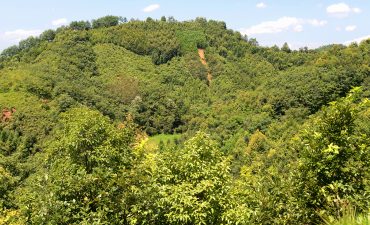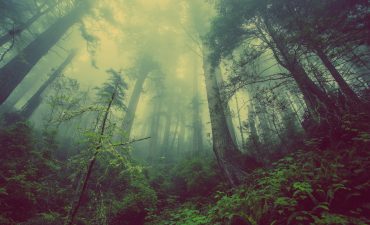Forests protect plants and animals from global warming
The leaf canopy of the forests functions worldwide as an insulating layer. This protects the organisms living under it from the effects of global warming. On average, the maximum temperatures in the forest are 4°C lower than in the open. This shows how important the buffer effect of forests can be for climate change.
The cool freshness on hot summer days when walking in the forest is not only a subjective impression. Researchers from Europe and the USA have for the first time documented the temperature difference inside and outside forests with tangible measurements. The data show that the maximum temperature in forests worldwide is on average 4°C lower than outside forests.
Leaf canopy is effective heat protection
„Trees with their leaves and branches form a heat-insulating layer above the forest,“ explains Florian Zellweger of the Swiss Federal Institute for Forest, Snow and Landscape Research, Switzerland. „That’s why the maximum summer temperatures in the forest are much lower than outdoors – 4 degrees on average. In winter and at night this pattern reverses and forest temperatures are on average 1 degree warmer.“
The canopy of leaves thus significantly reduces summer heat waves. „Plants and animals in the forest are therefore less exposed to the current warming trend than species that do not live in the forest,“ says Zellweger. „Since forests cover a quarter of the earth’s surface and are home to two thirds of all biodiversity, this makes a big difference in predicting how climate change will affect natural diversity.
The measurements come from 98 sites on five continents – in the tropics, in the temperate zone and in the northern boreal forests.
Forests are good buffers
For the first time, the researchers are also showing that rising temperatures also increase the buffer capacity of global forests: The maximum air temperatures in the forest are likely to be lower than previously assumed. „Even if the temperatures outside the forests continue to rise, the temperatures inside the forests do not necessarily follow this trend,“ says Zellweger. Temperatures in the forest and in the open will then diverge further.
This buffer effect emphasises the need to preserve existing deciduous forests and to strengthen near-natural reforestation so that both forest creatures and those in the vicinity can benefit from the cooling effects.
Source
Global buffering of temperatures under forest canopies, Pieter De Frenne, Florian Zellweger et al. Nature Ecology & Evolution (2019) ; doi.org/10.1038/s41559-019-0842-1


